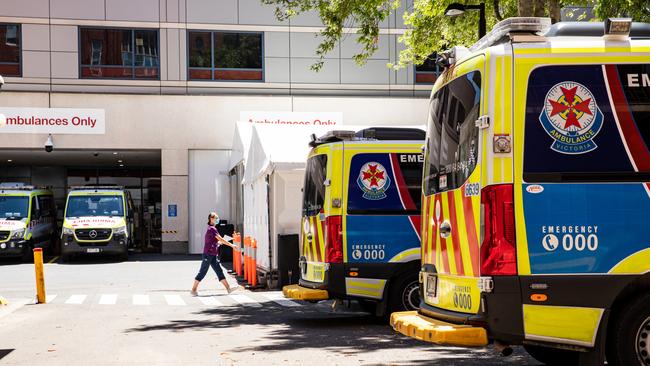Why those in the bush are dying earlier than city dwellers
Rural and remote Australians are being hospitalised at a higher rate than their city counterparts, as the healthcare gap widens.

Regional Australians are dying more than a decade earlier than their city counterparts, as they grapple with inaccessible or non-existent healthcare services.
And a nationally-accepted definition of what is an acceptable level of access to hospitals, doctors, and other services could help decision making, according to one healthcare advocate.
Recent data published by the Australian Institute of Health and Welfare showed many areas of rural Australia have higher rates of preventable hospitalisations.
The data, which showed the rate of hospitalisation per 100,000 population in 2021-22 reported western and northern Queensland as having some of the highest rates nationwide, with 4823 and 3348 hospitalisations respectively.
In Victoria, Gippsland recorded 2763 hospitalisations per 100,000 population.
This is in comparison to Northern Sydney, with 1565 recorded hospitalisations during the same period.

National Rural Health Alliance chief executive Susi Tegen said the organisation was working on a definition of an acceptable level of access to services, taking into account socio-economic and health status, access to public transport, distances to hospital, and access to GPs.
“We know rural, remote and regional Australians are dying between 12 to 16 years earlier than people in the city.”
“Over the past 30 years I’ve seen a reduction in access for people in rural, remote and regional Australia. This is despite the 30 per cent of Australians bringing in two-thirds of Australia’s export income, and 50 per cent of tourism income.
“They’re also putting 90 per cent of Australia’s food on the table. How can you bring in so much to the economy and not receive the support you need?”
Ms Tegen said health equity was a serious issue.
“If you told someone in Toorak they’d have to drive to Ballarat to get a basic service, you’d have people sitting outside Parliament House.”
Despite the complexity of the task at hand, Ms Tegen said it was important the federal government came to the table regarding the issue of acceptable care for regional Australians.
“It’s a human rights issue. We can’t ignore it,” Ms Tegen said.
Royal Australian College of General Practitioners acting rural chair Dr Rod Omond said the complexity of rural health care should be acknowledged, but changes could be made to make the system more accessible for regional communities.
“One of the priorities is we need better compensation through Medicare, paying the patient to be able to afford their healthcare,” Dr Omond said.
“And longer consultations should be compensated more, we were talking about a 20 per cent increase.“





